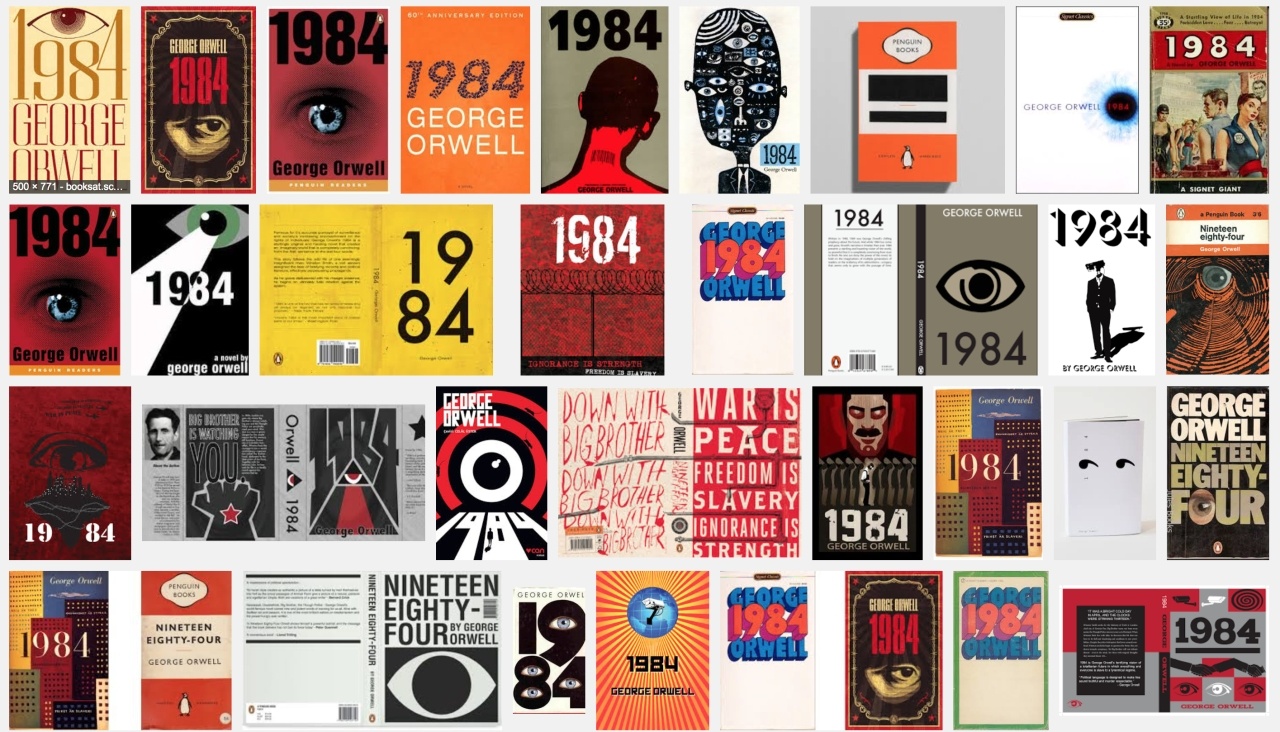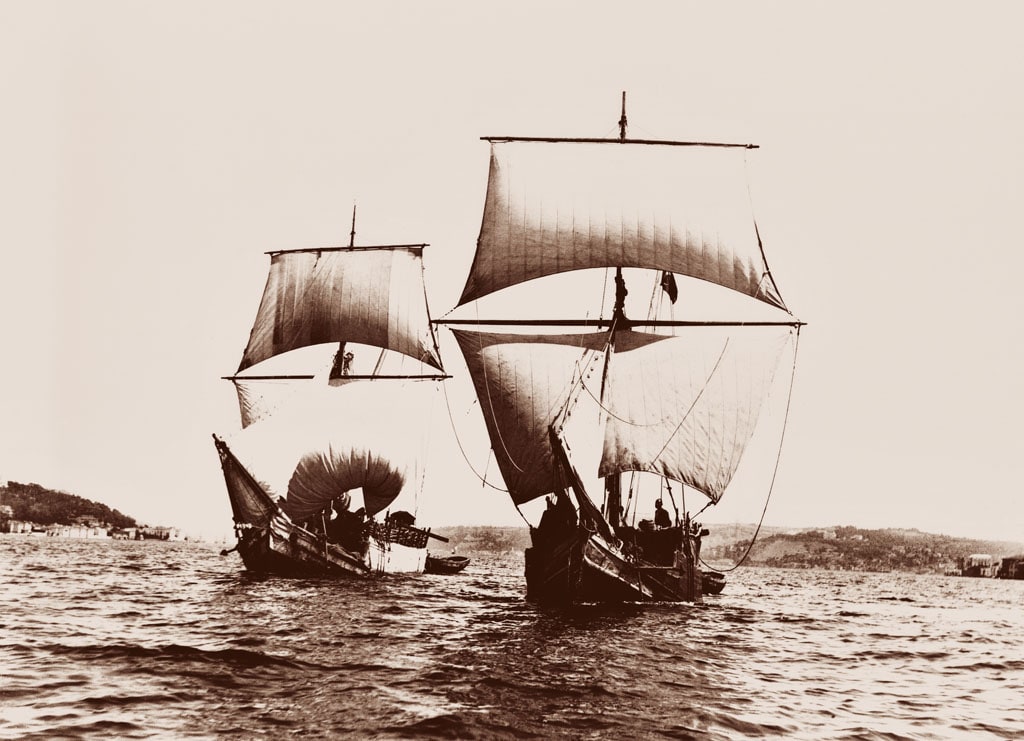On the occasion of the 600th anniversary of Poland-Turkey diplomatic relations, Pera Film in collaboration with the Consulate General of the Republic of Poland in Istanbul, presents a unique selection of seven films, from four exceptional Polish directors: Andrzej Wajda, Jerzy Kawalerowicz, Wojciech Has, Roman Polanski. The program Masters from Poland: Polish Film School explores works from late 1950s to early 1960s and the intense development of a remarkable cinema: the cinema of Poland.
Especially during the years 1956-1981, once the Communist regime had softened its ideological rigour, the Polish film industry succeeded in avoiding, for the most part, the propaganda demands of the authorities and standing on the side of the people. It was during this period that the two most important artistic currents in the history of Polish cinema developed - the "Polish School" of 1956-1961 and the "cinema of moral anxiety" of 1975-1981.
Polish cinema flourished out of the ruins left by the Second World War. Following the example of the USSR, Poland’s film industry was nationalized. The state-owned company, “Film Polski” operated in all of the different sectors of the film industry including production, distribution, cinemas and training. The socio-economic situation from 1945 onwards had the effect of giving filmmakers a very special status, similar to that accorded to writers, poets and painters. This happened well before the emergence of the notion of “auteur theory” that was championed by the founders of the New Wave in France.
The term Polish Film School was coined in 1954 by critic Aleksander Jackiewicz who; expressed a hope that there would emerge, a "Polish film school worthy of the great tradition of our art". Polish Film School refers to an informal group of Polish film directors and screenplay writers, which were under profound influence of the Italian neo-realists. The school took advantage of the liberal changes in Poland, depicting, the difficulty of Polish history during World War II and Nazi occupation. Among the most important topics was the generation of former Home Army soldiers and their role in post-war Poland and the national tragedies like the Nazi concentration camps and the Warsaw Uprising. The political changes allowed the group to speak more explicitly of the recent history of Poland.
The Polish film industry prospered for four decades and the years between 1955 and 1965 following the release of the first few films directed by Andrzej Wajda, Andrzej Munk, Jerzy Kawalerowicz and Wojciech Has, all of whom formed the Polish Film School became pivotal moments in the history of cinema. The Polish School not only explored the established topics and aesthetics, but also found their own unique forms, where the ideology and national connotations embraced experimental visual style, creating a cohesive unity, an aueturist cinematic expression.
Screenings can be seen with a discounted museum ticket (5 TL). No reservations taken.
In collaboration
February 13
19:00 Canal
February 14
19:00 Knife in the Water
21:00 Night Train
February 15
14:00 Canal
16:00 Ashes and Diamonds
18:00 Innocent Sorcerers
February 16
14:00 The Saragossa Manuscript
18:00 Mother Joan of the Angels
February 19
19:00 Innocent Sorcerers
February 21
19:00 The Saragossa Manuscript
February 22
February 23
14:00 Night Train
16:00 Mother Joan of the Angels
February 26
19:00 Ashes and Diamonds
February 27
19:00 Knife in the Water
February 13
19:00 Canal
February 14
19:00 Knife in the Water
21:00 Night Train
February 15
14:00 Canal
16:00 Ashes and Diamonds
18:00 Innocent Sorcerers
February 16
14:00 The Saragossa Manuscript
18:00 Mother Joan of the Angels
February 19
19:00 Innocent Sorcerers
February 21
19:00 The Saragossa Manuscript
February 23
14:00 Night Train
16:00 Mother Joan of the Angels
February 26
19:00 Ashes and Diamonds
February 27
19:00 Knife in the Water
Program Trailer

Our Doublethink Double vision exhibition’s title alludes to George Orwell’s seminal work 1984 and presents a selection that includes Tracey Emin, Marcel Dzama, Anselm Kiefer, Bruce Nauman, Raymond Pettibon, and Thomas Ruff, as well as Turkish artists, tracing the steps of pluralistic thought through works of art.

Published as part of Pera Learning programs, “The Little Yellow Circle (Küçük Sarı Daire)” is a children’s book written by Tania Bahar and illustrated by Marina Rico, offering children and adults to a novel learning experience where they can share and discover together.

Ali Sami is born in Rusçuk in 1866, and moves to İstanbul. Because his family is registered in the Beylerbeyi quarter of Üsküdar, Ali Sami is also called Üsküdarlı Ali Sami. He graduates from the Mühendishane-i Berri-i Hümayun in 1866 and becomes a teacher of painting and photography at the school.
Tuesday - Saturday 10:00 - 19:00
Friday 10:00 - 22:00
Sunday 12:00 - 18:00
The museum is closed on Mondays.
On Wednesdays, the students can
visit the museum free of admission.
Full ticket: 300 TL
Discounted: 150 TL
Groups: 200 TL (minimum 10 people)